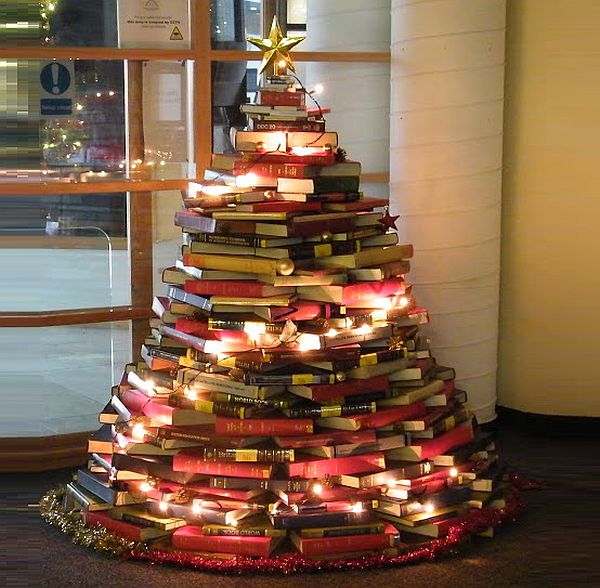Image courtesy of: http://www.keepcalm-o-matic.co.uk/p/keep-calm-i-m-nearly-finished/
So here it is...after hours of linking, searching, posting, asking, wondering, trying (failing) and adding new browser windows into the double-digits... my Future Vision Project!
As mentioned in my other blog posts, this wiki is designed to be a "one stop shop" of resources for teaching students various aspects of digital citizenship. As I look back at my first Reading Review blog post, I am overwhelmed by the amount and scope of resources and information that I have discovered is out there on my topic... My Delicious account continues to grow all the time. I was happy to note that I stayed on course for my original goal, although of course there are still many more questions than answers when it comes to the "how", "what" and "when" of reaching and engaging our students. However, this was one of my goals in creating the wiki... so that it is never complete and always changing to reflect what's new and better. Somewhat like our own practices as teacher-librarians, perhaps?
Deciding how to organize the wiki took the most amount of time... for example, how many pages should I have? Where should I categorize this lesson? What kind of tags do I need? I also wanted to make the content within the pages as organized and streamlined as possible, so I used page breaks and different font sizes to help with this. I tried to put myself in the shoes of a TL hoping to find something quickly and easily... I hope I achieved this! I had a few technical issues with adding photos that kept going in upside down, and adding a widget for a couple of Prezis but nothing showing up! I am still trying to figure this at press time, so in the meantime I have just added links... but visuals are so much better! On that note, I still found that the wiki format is decidedly list-like... I prefer a blog format so that posts can be organized better by date and categories... However, with the discussion forum and the ability to tag now available in wikis, I am happy with my choice of format so that people can actually join the wiki and upload their resources. I've already sent out an email to all Surrey TLs with the link and have been getting feedback already, so I'm excited for the direction this will hopefully take!
This course has been one of the most challenging but also one of the most valuable in my TL diploma. The open inquiry prompts really got my research gears going and allowed me to truly "be" a student again.. in that way I can see what works and what doesn't when I'm teaching my students how to do the same thing. It was also my first real experience with blogging (and thus sharing my thoughts with an even wider audience than just the class discussion forums.) I found the sharing and feedback to be extremely valuable, and it has definitely motivated me to continue to expand my PLN. I think that the rich discussion between colleagues was a key motivator for creating an open and share-able Future Vision... teaching in isolation is NO fun! I feel much more inspired to share my own resources and document my TL practice to a wider online audience (although I do really need to cultivate my Twitter habit, which is one thing I kept forgetting to do more of in this course. Just set up "If This, Then That" to automatically tweet when I post to my blog so hopefully that helps; however, I still would like to share more of my daily adventures in the library and continue to connect with the new colleagues I've me here! A New Year's Resolution perhaps...)
Thank you to everyone for their valuable and encouraging feedback throughout all of our discussions. I truly enjoyed reading everyone's posts and have learned so much. I hope to continue our networking and collaboration in future! Thank you to Aaron for being an excellent guide throughout the course!
Is it too early to say Merry Christmas?
Best of luck to everyone in their TL journeys!






